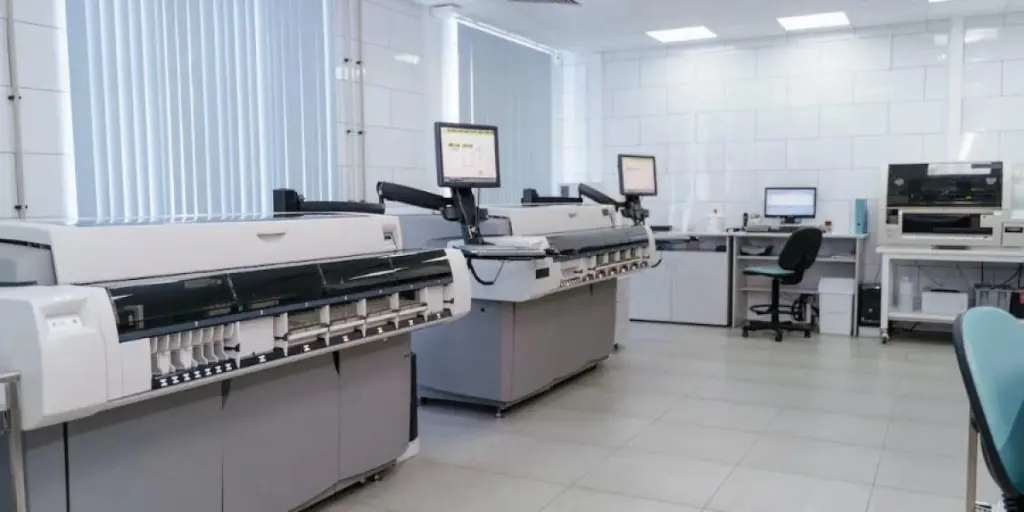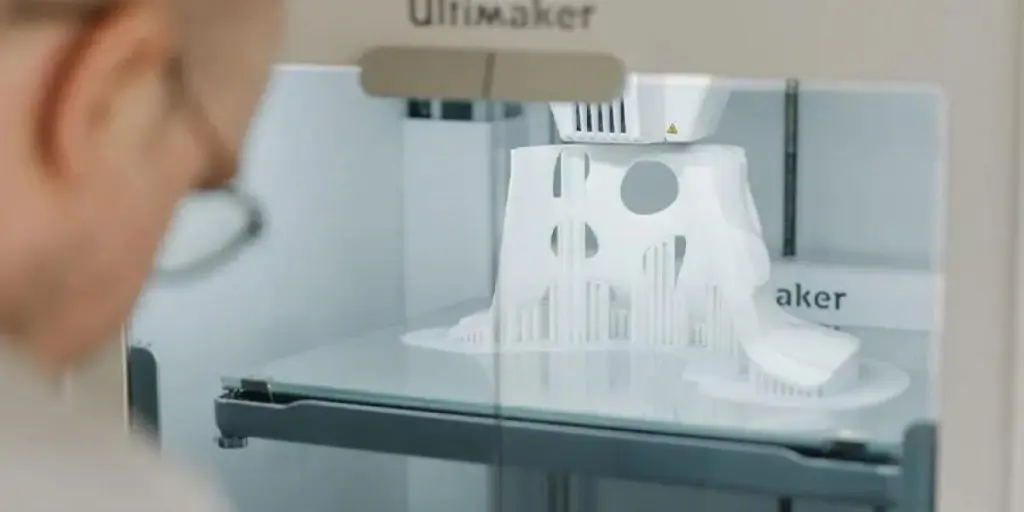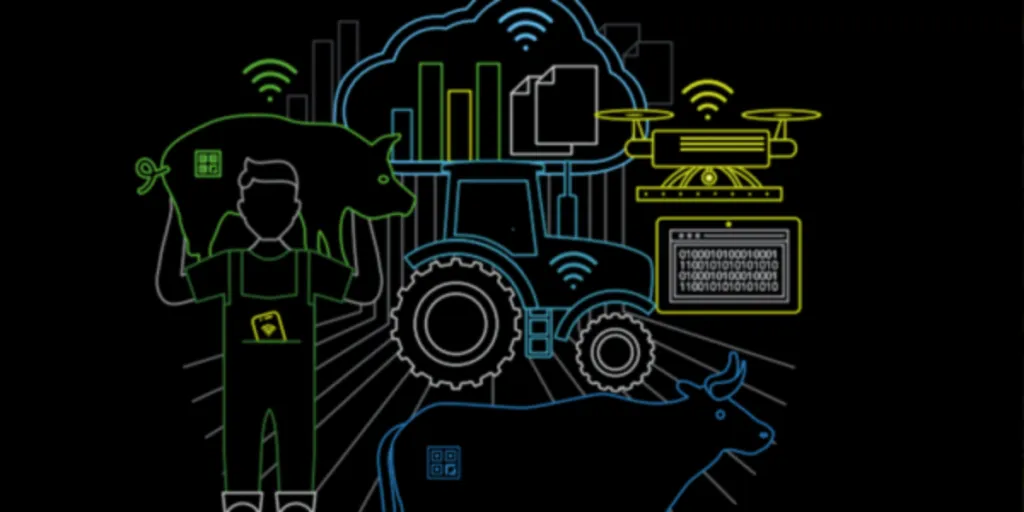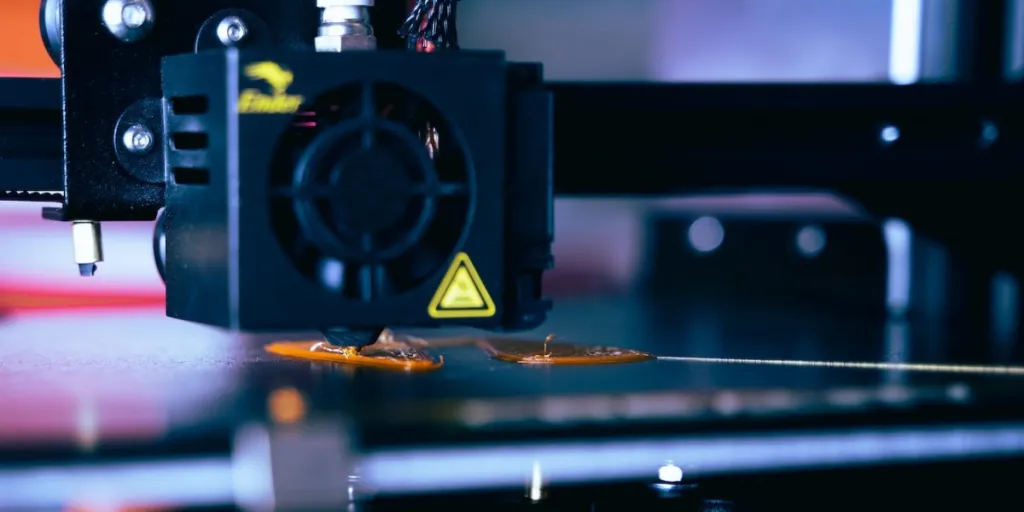Many capping machines on the market come in different sizes and models. Due to technological advancements, capping machines are becoming advanced, with more features added to existing models. The modification and introduction of new models can challenge you when choosing the right capping machine for your customers.
Read this guide and learn how to choose the suitable capping machine to meet your customer needs.
Table of Contents
Overview of the global capping machine market
5 factors to consider when choosing capping machines
Types of capping machines
Choose well and satisfy your customers
Overview of the global capping machine market
As of 2023, the capping machine market value stood at US $7 billion and is projected to grow at a compound annual growth rate (CAGR) of 5.5%, according to Industry Arc. The food and beverage industry is the key driver of the global capping machine market. Demand for packaged foods is fueling the growth in the capping machine market.
The capping machine market is segmented based on technology, end-user industry, and cap type. By technology, the market is categorized into semi-automatic and automatic machines. The end-user industry segments capping marketing into chemicals, cosmetics, beverages, and pharmaceuticals. In cap type segmentation, the market is divided into corks, snap-on-caps, ROPP caps, and screw caps.
5 factors to consider when choosing capping machines
There are several factors that you may want to consider when choosing a capping machine.
1. Type and size of caps
Capping machines are designed to work with certain types and sizes of caps. It is important to ensure the capping machine is compatible with the type of caps used in the production. Some machines are designed to work with specific types of caps, such as screw caps or snap-on caps, while others can handle various cap types.
2. Customization and future flexibility
Like any other machine, it is vital to consider changes in technology and production. Capping machines should be able to be customized and redesigned to handle different caps in the future. In recent years, cap sizes, types, applications, and designs have become complex, so machines should be customizable.
3. Production capacity
Machines are manufactured with production capacity to guide users on the expected output. Before buying a capping machine, consider its production capacity and whether it meets current and future needs. For example, companies with low and medium production rates may not need fully automatic capping machines.
4. Ease of use and maintenance
A capping machine should be easy to operate and maintain to minimize downtime and keep production running smoothly. Easy-to-use machines will require less expertise, eliminating the need to hire and train human personnel and cutting operational costs.
Machine maintenance adds to the operating expenses, thus the chosen machine should require minimal maintenance to keep operations running.
5. Budget
While looking for a capping machine, it is vital to consider the company budget for the machine and accessories. After considering the available budget, look for a machine that meets your needs and is within your budget. The budget should consider the company’s needs, such as productivity.
Types of capping machines
1. Chuck capping machines

Chuck capping machines use a chuck to hold and secure the cap as it is tightened onto the bottle. The chuck is a circular clamp designed to hold the cap in place as it is tightened. Chuck capping machines are used to apply screw caps to bottles, but some models may also be able to handle other types of caps.
Advantages:
- Can apply caps to bottles with high accuracy and consistency
- Easy to use and maintain
Disadvantages:
- Not suitable for handling very large or heavy caps
2. Induction capping machines

Induction sealing machines use induction sealing technology to apply a foil seal to the neck of a bottle. It consists of an induction sealing head, which is placed over the top of the bottle, and an induction sealing film, which is applied to the neck of the bottle.
When the induction sealing head is activated, it generates an electromagnetic field, which causes the induction sealing film to heat up and bond to the neck of the bottle, creating a secure seal.
Advantages:
- Create a very secure seal resistant to tampering and leakage
- They are also generally easy to use and maintain
Disadvantages:
- Not suitable for handling very large or heavy bottles
- Not as fast as other types of capping machines
3. Capping turrets
Capping turrets are multi-head capping machines that can handle multiple bottles at the same time. These machines typically have a rotating turret with several capping heads that can apply caps to bottles as the turret rotates. Capping turrets are used in high-speed production lines where a large number of bottles need to be capped quickly and efficiently.
Advantages:
- Can handle a high volume of bottles and apply caps to them very quickly and efficiently
- Generally easy to use and maintain
Disadvantages:
- Not suitable for handling very large or heavy caps
- Require more complex setup and operation compared to other types of capping machines
4. Handheld capping machines
Handheld capping machines are portable capping machines that are used to apply caps to bottles by hand. These machines are typically smaller and lighter than other capping machines, making them easy to carry and use. They are used for packaging a wide range of products, including liquids, powders, and gels.
Advantages:
- Very portable and can be used to apply caps to bottles in various locations
- Easy to use and maintain
Disadvantages:
- Not as fast as other types of capping machines
- Not suitable for handling very large or heavy caps
5. Rotary capping machines
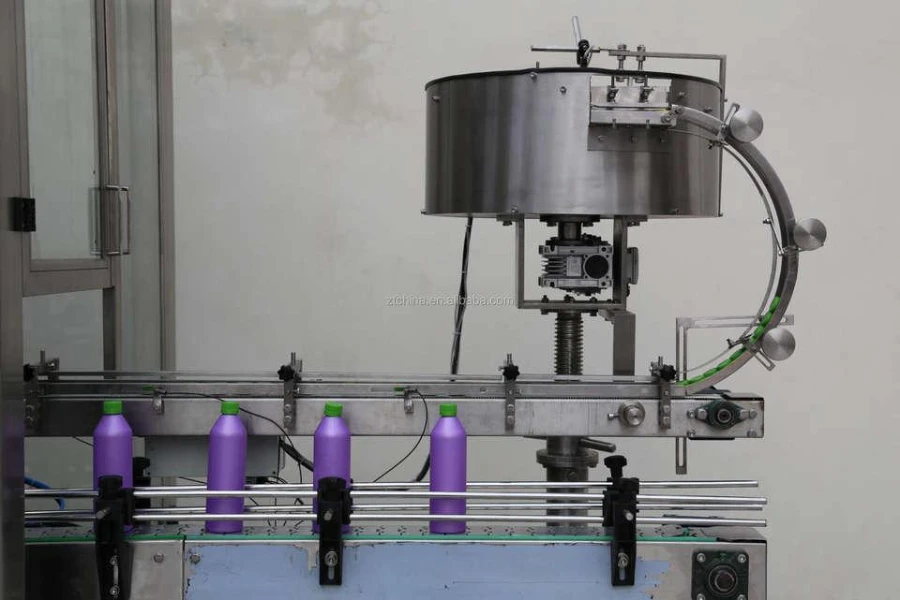
Rotary capping machines use rotary motion to apply caps to bottles. These machines typically have a rotating turret with several capping heads that can apply caps to bottles as the turret rotates. Rotary capping machines are often used in high-speed production lines where a large number of bottles need to be capped quickly and efficiently.
Advantages:
- They can handle a high volume of bottles
- You can apply caps to them very quickly and efficiently
- Easy to use and maintain
Disadvantages:
- Not suitable for handling very large or heavy caps
- Require a more complex setup and operation
Choose well and satisfy your customers
There is no capping machine that fits all needs. However, this guide will enable you to select the right capping machine depending on your needs. Visit Alibaba.com to buy quality capping machines to meet your customer needs.
